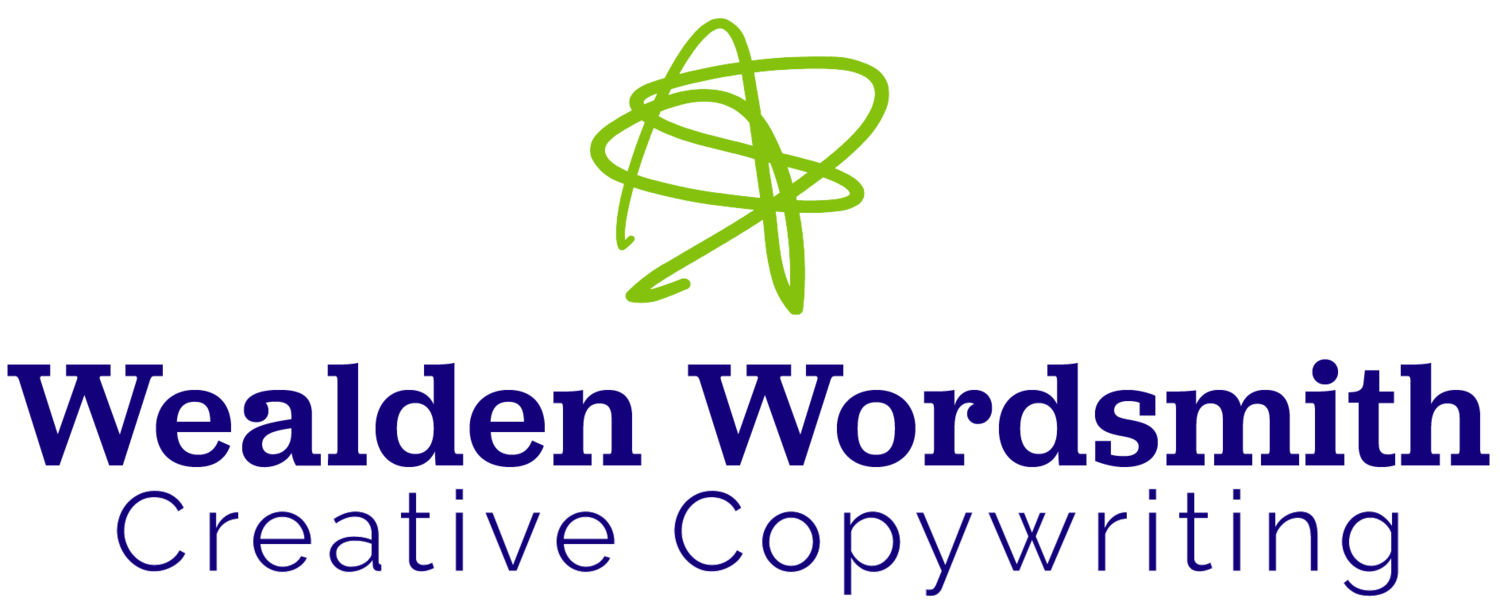Remembering Dorothy Ashby: The Hip Harpist
The pedal harp isn’t normally associated with jazz. A standard orchestra instrument in the music of the Romantic era, it was re-invented for jazz in the 1950s by the late, great Dorothy Ashby. One of the unsung jazz pioneers, she demonstrated the harp’s potential in a lead or solo jazz context. Suddenly, it was possible to listen to bebop played on this unlikeliest of instruments.
Ashby’s music really swings. And I remember the excitement when I first heard one of her albums. The musical structures and improvised solos that characterise jazz were harder to perform on the harp than other instruments. But, somehow, she made it sound easy. And the apparent simplicity of her music is one of her signature motifs. She can play chords with the articulation of a jazz guitarist. But also deliver a modal sound that sweeps you up in its range.
Born in Detroit in 1932, she initially studied piano. Ashby then switched to harp and was soon performing live. She recognised that this was an unusual move, but was keen to take up the challenge,
I just tried to transfer the things that I had heard and the things that I wanted to do as a jazz player to the harp. Nobody had ever told me these things shouldn’t be done, or were not usually done on the harp, because I didn’t hear it any other way. The only thing I was interested in doing was playing jazz on the harp.
In doing so, she was responding to jazz journalist Leonard Feather, who wanted to expand the repertoire of instruments used in jazz, and had called for a “Bud Powell of the harpsichord, a Charlie Parker of the flute, or an Oscar Pettiford of the bassoon.”
Inevitably, as an African-American woman, she had to tackle the deeply ingrained prejudices of the music business. The majority of successful women performers in jazz have been singers. Think of Ella Fitzgerald, Billie Holiday or Dinah Washington. But women instrumentalists, bandleaders and composers were much less visible. And as Ashby said, “Often the harpists who got write-ups and the media coverage were very pretty, and that seemed to be about all that they were interested in.”
On top of this, the harp simply wasn’t regarded by producers and critics alike as a serious jazz instrument. As Ashby said, “The word ‘harp’ seemed to just scare people.” This made it difficult to get auditions and secure the attention of promoters. But she persevered, established a very credible live presence and went on to make ten recordings as a bandleader between 1956 and 1970, for labels as Savoy, Prestige and Atlantic, often featuring her compositions.
Crucially, she had a knack for writing melodies that worked with the grain of the harp. In an interview with jazz historian Sally Placksin, Ashby said,
Even arrangers admit that often they don’t know how to write what they’d like to write. What they would be willing to write for harp often doesn’t work, because they’re writing from a pianistic point of view, or maybe another instrumental point of view, and that doesn’t work on a harp, because you can only change two pedals at a time, and various other technicalities….The harp has complexities that a person has to be able to work out in their head while they’re spontaneously creating jazz on it.
One of her best albums, which showcases her talents, was The Fantastic Jazz Harp Of Dorothy Ashby. Have a listen to the faultless ensemble playing, exquisite solos and the new edge given to classics.
Ashby died prematurely, in 1986. She had to fight for recognition in a male-dominated musical environment, playing an instrument regarded by many as a novelty. But she lives on via the musicians who continue to sample her music. And deserves to be re-discovered by a younger generation of listeners.

